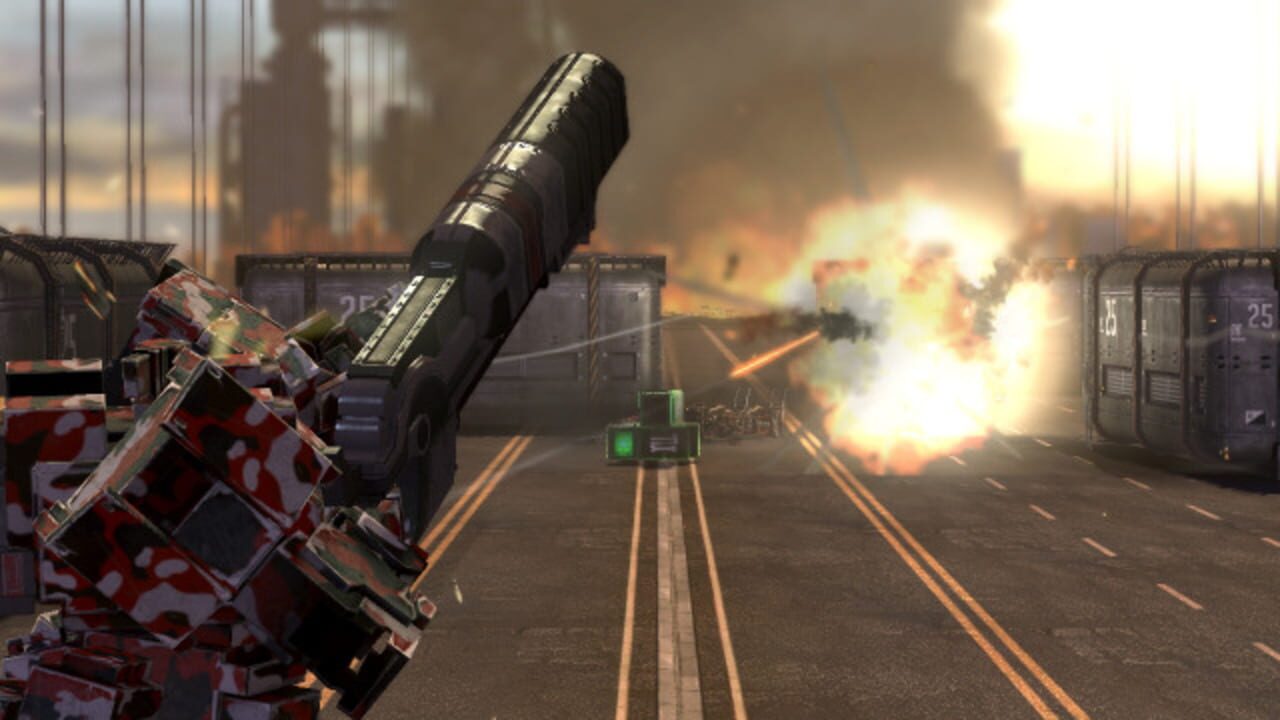
The trees here were mostly made with commercial diorama modeling products, but some of the finer branches were actually weeds from my garden that I dried out.” -Well then, turning to the development itself, let me see if I have this right: Tsuchida was responsible for the content of Front Mission, while Hashimoto, you reviewed and checked the final product…? Yokoyama explains there: “This was inspired by Mission 2, a huge river running through a verdant jungle–the atmosphere, as you likely guessed, of Vietnam. Tsuchida: (laughs) From the artbook Front Mission in Huffman, a look at Kow Yokoyama’s design process for one of the wanzers, from conception to illustration to the final 3D sculpture. My initial reaction, by the way, when I saw Tsuchida’s first planning document, was that usually a pitch like this wouldn’t fly. And for Square’s part, it can potentially get monotonous to go straight to the next sequel in their mainline series, so I think this experience was stimulating for their staff. For our part, if we’ve been given the opportunity to work on the game we want, we like to go at it aggressively. Square’s own staff participated in the development right alongside G-Craft, doing graphics, sound, and other work. But the two points that brought people around were, one, that Square’s previous work had all been in the fantasy genre, and two, that doing something new would actually be good stimulation for the staff at Square.

Should Square really be outsourcing their developments…? This was a company that had created hit franchises like Final Fantasy, Romancing Saga, and Seiken Densetsu, so some people felt there was no need to use outsiders. It’s not a fantasy game, and the genre is completely different. Front Mission has quite a different quality from Squaresoft’s previous games.

Tsuchida: Except that no one besides Square would give it the time of day, so… (laughs) They were the ones who believed in our vision.

So there was a real chance that Square might not have been the publisher for Front Mission, then. It was at that point, when we were deciding where to go from here, that Hashimoto joined the project. Later we borrowed some development hardware and were given some time to create a prototype. Tsuchida: Well, another problem was that it was difficult to say, on paper, how far we could take this idea for a robot game. I thought there’d still be a lot of people out there wanting to play games with robots, though. Currently serves as executive producer and brand manager of the Final Fantasy series. Who was it that initially pitched the idea for Front Mission, then? Square, or G-Craft? Hashimoto: The plans got finished around fall of 93. By the time the Solid merger was complete, the planning document Square and Tsuchida were working on was beginning to take shape. While we hashed out the planning documents with Square, my former company Cobra Team 2 merged into a new entity, Solid, and we served as an intermediary between Square and G-Craft. 1 They were going well, but Square had always made games 100% in-house, so in that sense, they didn’t really have the know-how needed to coordinate work with outsiders. Hashimoto: The project started with talks between Square and G-Craft. Were you involved in the initial planning then? Hashimoto: I was a producer, doing the typical work that job entails: start-up stuff, seeing that the game gets finished, and making sure it can be successful as a commercial product too. To start things off, why don’t you tell us what your roles were in the development. Toshiro Tsuchida – Producer/Writer -For this interview today, rather than go into the detailed mechanics of Front Mission, I’d like to ask some broader questions about how the game got started, and also hear any behind-the-scenes stories you might want to share.


 0 kommentar(er)
0 kommentar(er)
